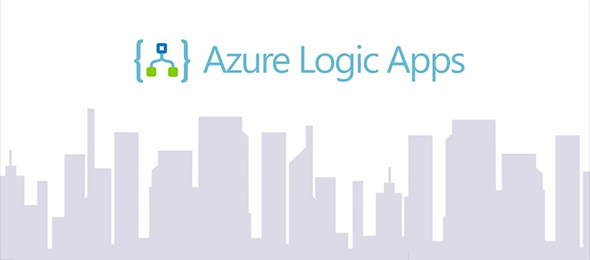Logic Apps and Azure On-Premise Data Gateway – Part II (Configuration)
In the second part of the installation of configuration of Azure Logic Apps with the On-Premise Data Gateway, we will review the requirements that are need inside of the Azure Portal. This will cover the creation of the Data Gateway resource, the Logic app and the creation of the Trigger and Action inside of the Logic App designer.

